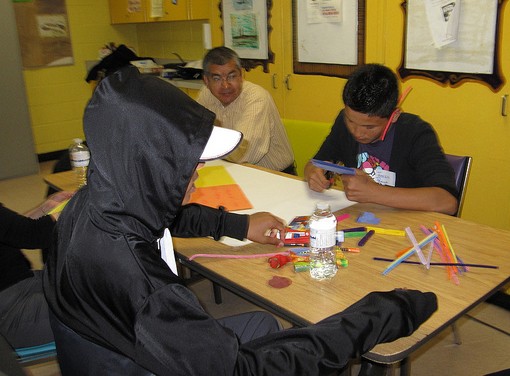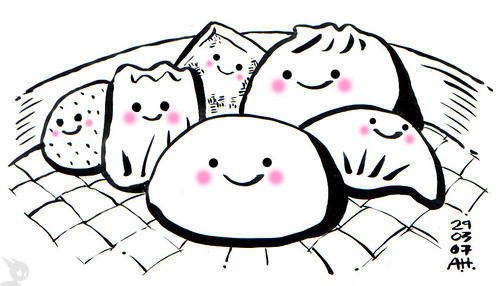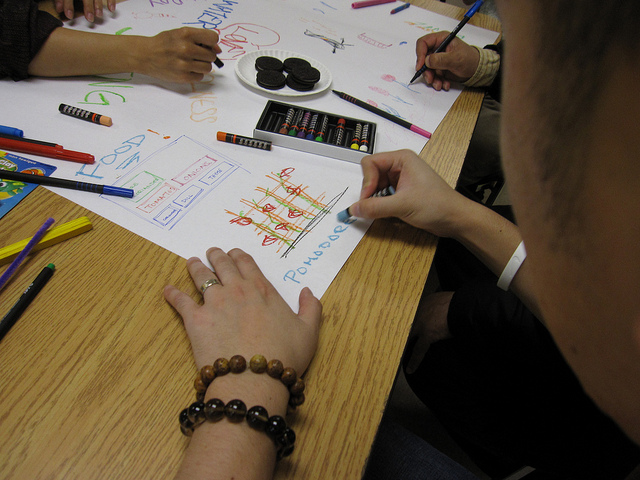I really like going to museums and talking to the security guards. They have such unique experiences from watching and maintaining the museum floor or a specific exhibit. Often out of people watching or boredom, they have the funniest little tidbits of information.
Some good examples:
1. At the Canadian Centre of Architecture, the security guard pointed out to me that a model that was illustrating light and circulation patterns was made up of 96 layers of plexi-glass, something you would certainly need time to notice.
2. At the New Museum, the security guard who seemed intent on staying very serious let down his tough exterior when I asked him which “I Wish” ribbon he liked best. Each “I Wish” ribbon had a unique statement that represented wishes that people had contributed to a participatory exhibit. He had to think hard about it, but he said that his favourite was “I wish to be a famous baseball player” which he took for his son, one of 5 children. He also took several for his other children and his wife. I told him about a few new ones and said he would have to check them out.
3. At the Art Gallery of Ontario, a security guard told me about how the artist had very specific requirements about keep the piece intact and maintaining the integrity of the piece. The security guard took it upon himself to protect the installation process. The artist arrives after the piece is installed perfectly and takes a walk around the installation, picks up a hammer and smashes a mirror. The security guard was not impressed.
I look forward to more discoveries.
 We covered the room in paper and drew sustainable cities. The blank canvas gave the youth an opportunity to create amazing landscapes about recycling, transportation systems, free community centres to get fit at, buildings with green roofs and garbage free zones.
We covered the room in paper and drew sustainable cities. The blank canvas gave the youth an opportunity to create amazing landscapes about recycling, transportation systems, free community centres to get fit at, buildings with green roofs and garbage free zones.





